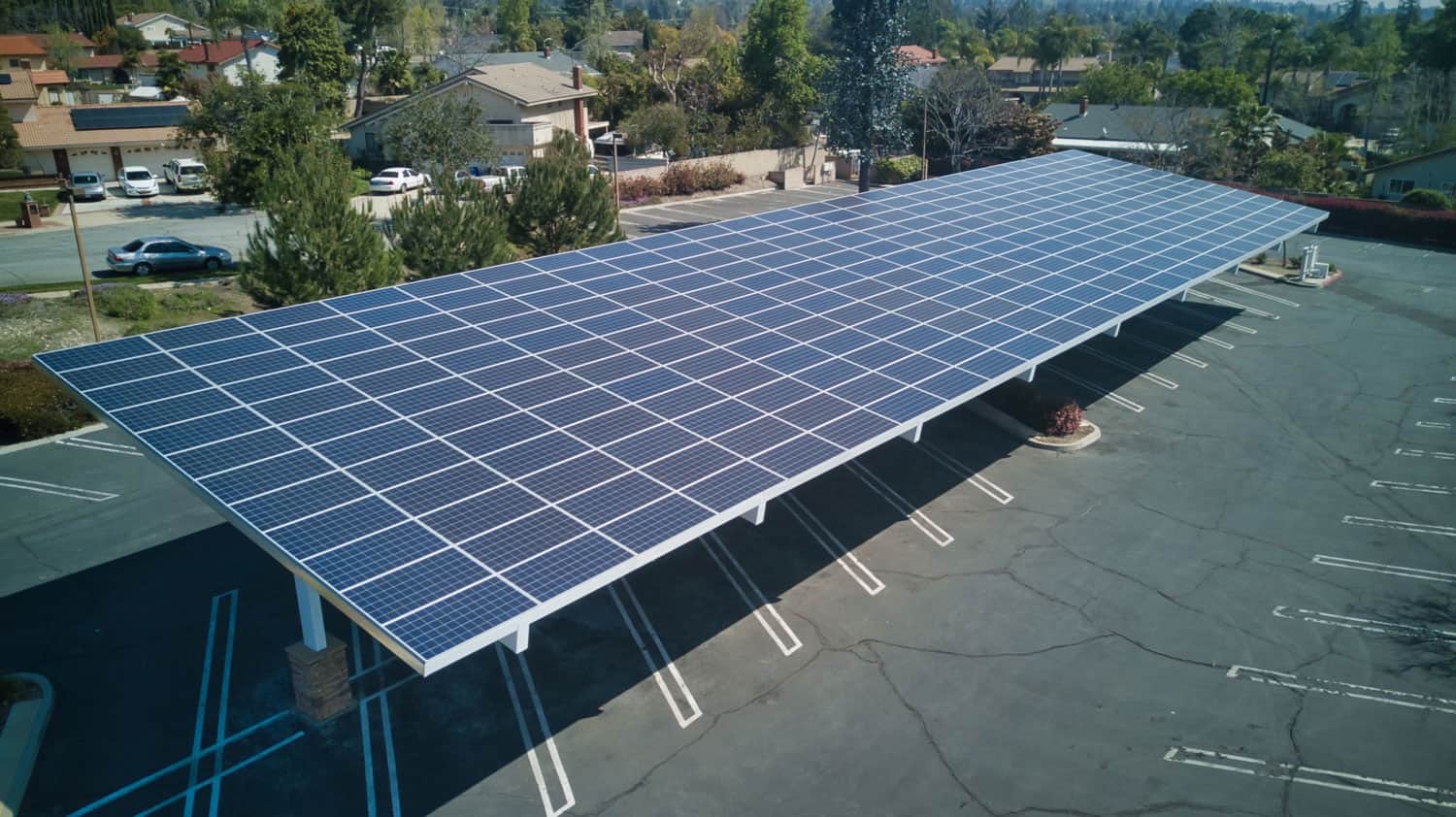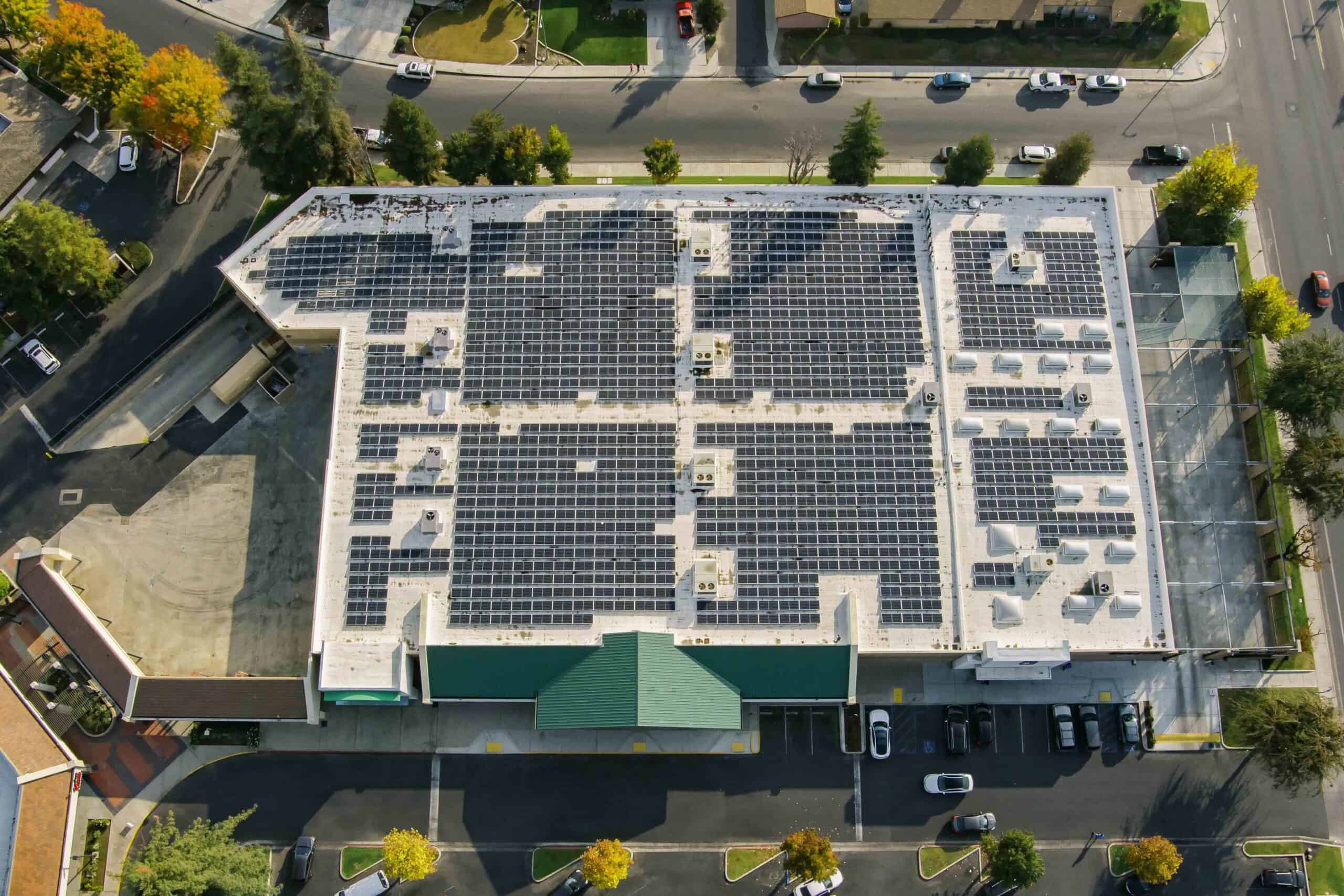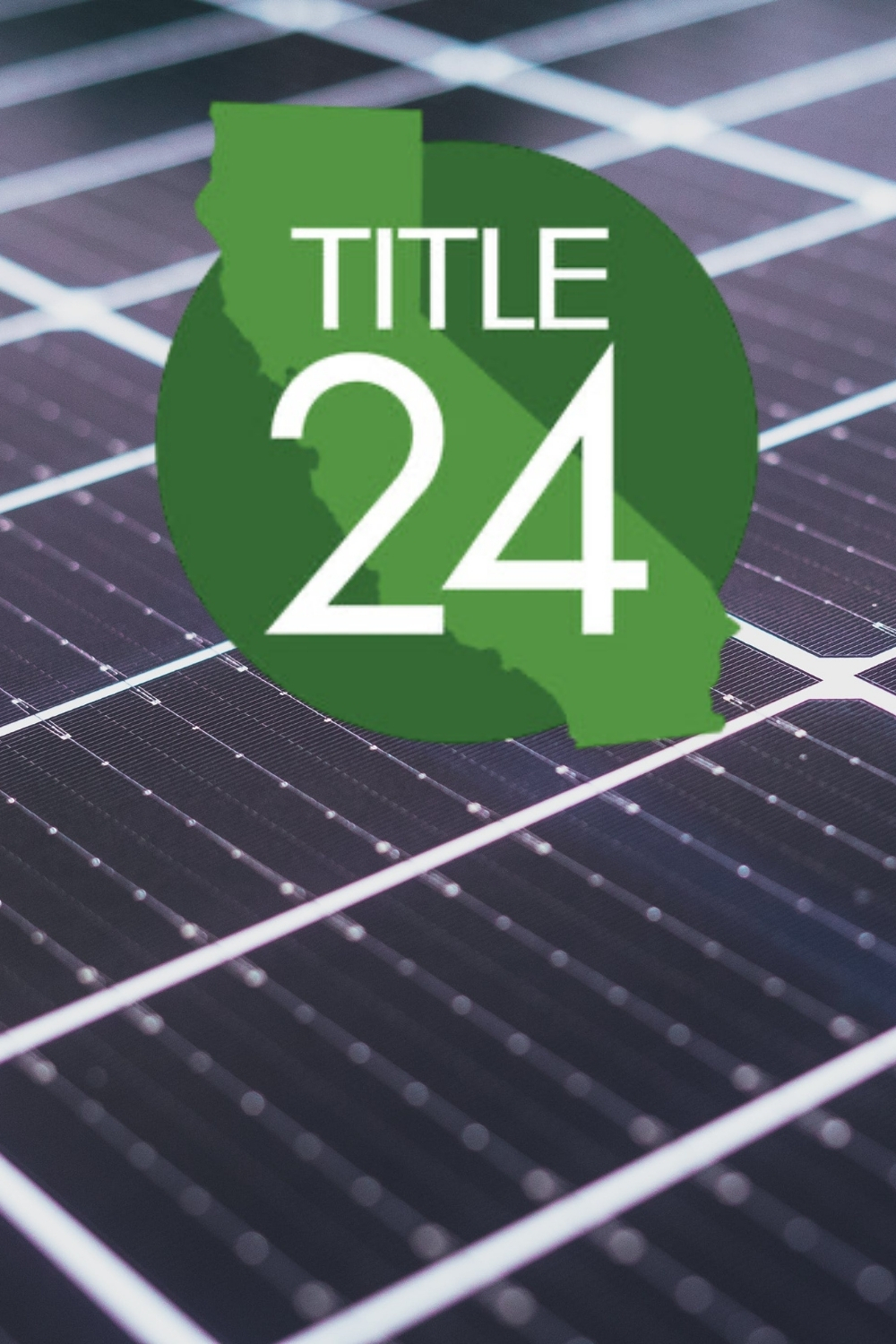It’s no surprise that the world is becoming more environmentally conscious. Society is taking note of carbon footprints and eco-friendly practices, and it’s having a steady impact on our home and work lives.
Unsurprisingly, this has led to the rise of numerous sustainability trends in commercial real estate. Of these, green leases are the most exciting. They have the potential to bring the entire industry towards a more environmentally-friendly future.
But, they’re not just about saving the planet. They can also save cold, hard cash. It’s estimated that green leases could save office buildings $1.7 to $3.3 billion dollars in utility charges annually if used everywhere in the US.
The green lease will change the way that rental agreements are signed. Here’s what commercial property owners and tenants need to know:
What’s a green lease?
A green lease is a rental agreement with specific terms designed to improve the sustainability of a building. These provisions usually seek to improve energy efficiency, but the scope can vary.
Commercial buildings need green leases because of the split incentive problem. Tenants don’t want to invest to improve the sustainability of a building they don’t own. Landlords don’t want to spend money to reduce the carbon footprint of a unit that they don’t occupy. Green leases encourage both parties to meet in the middle by aligning on sustainability objectives.

Either party can add green terms into a lease agreement during the negotiation and signing process. For example, if tenants are looking to meet ESG goals or save on utilities, they can recommend green clauses during the rental negotiation process. Owners can also use them in the language of their standard contract if they want to work towards green certifications, increase property values, or improve the tenant experience.
What’s found in a green lease?
On the surface, there’s no major difference between a green lease and a regular rental agreement. They all have terms governing deposits, property access, repairs, rental amount, dates, and more. The only difference is the addition of a few sections about sustainability.
In contracts, green lease terms can vary widely by commercial property, owner, and situation. The most common terms deal with:
- Energy efficiency: Green leases may require that landlords add energy-efficient lighting, cooling, and systems to their buildings. They can also mandate that tenants use low-energy appliances or take steps to conserve electricity.
- Water management: Green leases can require the installation of water-efficient fixtures like low-flow toilets or sinks during tenant build outs. They can also stipulate that owners must plant water-efficient landscaping or conserve water on site.
- Waste management and recycling: Green leases may enroll tenants in recycling and composting programs or require the proper disposal of hazardous waste. They can also specify that owners must offer recycling facilities for shopping center visitors.
- Indoor air quality: Green leases can require owners to provide improved ventilation and air filtration systems. They can also ask tenants to use non-toxic cleaning products or set rules around smoking on the premises.
- Data sharing and reporting: Green leases can have terms that allow an owner to submeter equipment and collect information about tenant energy use. They can also establish that owners must provide tenants with data on the building’s resource usage.
- Onsite renewables: A green lease could include language about financing, installing, or operating an onsite solar system. They may also require tenants to purchase or use certain amounts of solar energy produced by renewable sources.
What are the benefits of a green lease?
Despite the split incentive problem, green leases offer benefits to both landlords and tenants. Green leases offer:
- Greater cost savings: Green leases reduce energy needs, water usage, and waste creation, cutting utility bills for tenants and maintenance costs for owners.
- Increased property value: Tenants and prospective buyers look for commercial buildings with green initiatives. This gives them lower vacancy rates, higher rental amounts, and greater resale values over time.
- Improved tenant experience: Green buildings boost the quality of life for tenants by improving air purity, transportation options, and overall comfort. Green buildings are also less likely to have mold or other indoor pollutants.
- Larger environmental benefits: Green leases help reduce greenhouse gas emissions, water usage, and waste generation. This reduces the building’s carbon footprint and helps tenants reach corporate ESG goals.
How will green leases impact commercial real estate?
Green leases will impact the industry by preparing owners for what’s ahead and future-proofing their buildings. Overall, the commercial real estate market is trending towards sustainability. Owners will need to use green leases to stay ahead of the curve.
Environmental issues are becoming a larger focus for investors and buyers. Green leases will position owners to have a greater ROI over time. 86% of property investors believe that green buildings will become more valuable than non-green buildings in the future.
Prospective tenants are also becoming more environmentally concerned. Green leases will allow property owners to effectively capture that market. In 2010, 35% of publicly traded companies issued an ESG-related report. By 2021, that number increased to 86%.

Local or state laws are also changing to include new energy efficiency standards. Green leases will help owners meet new regulations on commercial buildings. For example, the city of San Jose, California adopted the Energy and Water Building Performance Ordinance in 2018. The law requires commercial buildings 20,000 square feet or more to report their annual energy and water use to the city. If they don’t meet efficiency standards, owners must pay to make improvements.
Green leases will also help more buildings qualify for new green certifications in the commercial industry. There are a number on the market, but the most common are the LEED certification and Energy Star. Buildings with green certs are more desirable to tenants and see higher rental amounts and occupancy rates.
How do I create a green lease?
Owners and tenants can attach green terms to the standard rental agreement during negotiation or create a separate green document. Both parties may want to engage real estate lawyers to ensure terms are correct.
When creating green terms, keep the requirements mutual so the agreement doesn’t feel one-sided. When tenants and owners are working together towards a goal, it’s easier to agree on terms that may cost a bit extra for both sides.
Agreements should also be visual instead of conceptual. Both parties should be able to see the physical effects of the green lease. Pointing to current examples of sustainable changes on the property can speed up the negotiation.
It’s also important that green leases are measurable. They should set clear data-based goals, as well as enforcement policies if terms are not met.
Owners and tenants can also create green lease agreements outside of existing contracts. Real estate lawyers call this green document a Memorandum of Understanding (MoU). It creates new green commitments outside of the terms in the standard commercial lease.
There are a few resources available to get owners and tenants started on green lease terms. The Better Buildings Partnership offers an industry-standard toolkit. The Institute for Market Transformation also provides a comprehensive example document.
How do green leases work with renewables?
One of the biggest use cases for green leases is getting a solar system on site. Owners may try to use green terms to pass the cost of the system’s installation or maintenance onto tenants. Tenants may also suggest provisions requiring an owner to make a costly investment on solar panels before they agree to sign.
Luckily, there’s an easier way to finance the system that makes sense for both parties, a roof rental. A solar developer pays monthly rent to multi-tenant property owners, installs and maintains an on-site solar system at their own expense, and provides the locally-generated energy to the tenants onsite.
Owners get more rental income and property value. Tenants get access to sustainable energy at a discounted price. Roof rental solar lowers tenant bills, increases rent roll for owners, and helps buildings meet green objectives.
King Energy is the leading solar solutions provider for multi-tenant properties, leasing roof space on commercial buildings in over 100 locations in California. We handle the solar system end-to-end, offering sustainable energy to tenants at no cost to owners. We make solar simple with straightforward terms, easy tenant billing, and long-term support.
Contact us today for a free proposal for your commercial property.




